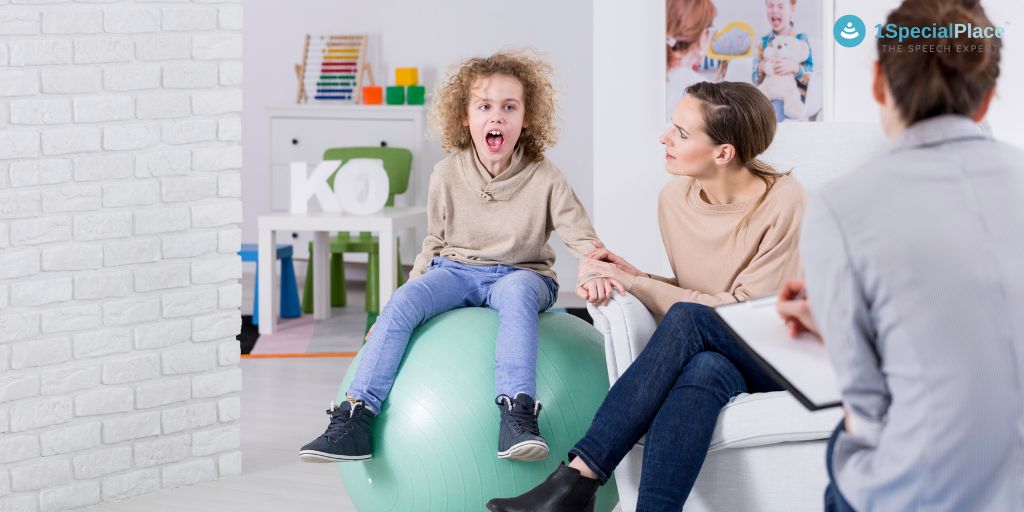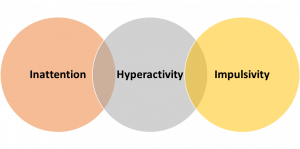
Evidence-based pharmacological treatment options for ADHD
Evidence-based pharmacological treatment options for ADHD
To address the symptoms of Attention Deficit Hyperactivity Disorder (ADHD), caregivers are frequently advised to use pharmacological therapy. Let’s read and understand what are the proven pharmacological options in the management of ADHD…..
This review summarizes available pharmacological treatment options for ADHD in children and adolescents. Also, it identifies current issues in research and evidence gaps. In addition, it provides an overview of ongoing efforts to develop new medications for the treatment of ADHD in children and adolescents. Read the original article published by researchers Mechler and team
 Attention-deficit hyperactivity disorder (ADHD) is a neurodevelopmental disorder characterized by inattention, hyperactivity, and impulsivity, causing functional impairment
Attention-deficit hyperactivity disorder (ADHD) is a neurodevelopmental disorder characterized by inattention, hyperactivity, and impulsivity, causing functional impairment
- ADHD shows high persistence to adulthood
- Approximately 2.5% of adults have ADHD
- Approximately 5% of children and adolescents have ADHD
- No difference across countries worldwide!
Deficits found in persons with ADHD are:
- Inattention
- Hyperactivity
- Compulsivity
- Visuospatial Memory
- Working Memory
- Inhibitory Control
- Vigilance
- Planning
- Reward Regulation
- Psychiatric Disorders – Conduct
- Somatic Disorders – Obesity
- Comorbidities – ASD
Current treatment guidelines for Persons with ADHD are ..
The treatment for ADHD has to be using a combination of multiple methods and interventions. Especially, the treatment also has to be mediated by various professionals including Physicians, Psychologists, Special Educators, Speech-Language Pathologists, and Counsellors.
However, various personal and environmental factors like age, the severity of symptoms, individual needs of the patient, and opinions of the caregiver also guide the rehabilitation process
LET’S UNDERSTAND WHAT ARE THE APPROVED MEDICATIONS FOR ADHD….
Basically, there are two kinds of drugs usually prescribed in the treatment of ADHD- Stimulants and Non- Stimulants
Stimulants
- Work on Dopamine receptors in the brain
- Fast Acting
- Thereby, the child will feel the effects of the drug in the first 30-90 minutes
- However, the drug leaves the system in 3-12 hours
Non- Stimulants
- Work on Norepinephrine receptors in the brain
- Slow acting
- Hence, the child will feel the effects of the drug after a minimum period of 2-4 weeks
LET’S UNDERSTAND ABOUT ‘STIMULANT’ MEDICATIONS…..
What are the benefits of Stimulants?
- In particular, research has proven that Stimulants help in reducing symptoms of ADHD in children and adolescents
- In addition, these medicines also improve quality of life and reduce functional impairment in ADHD
- Also, they reduce the risk of emergency admission to hospital for trauma, injuries, suicidal events, substance abuse, criminality etc in ADHD
- Short term effects of these medicines are well established. However, Long term effects need to be studied further.
What are some risks associated with stimulants?
- Decreased appetite
- Sleep disturbances
- Increased blood pressure
- Headaches
- Irritability
- Stomach pain
- Reduction in height and weight gain
To summarize
- Particularly, most adverse effects of these stimulants are mild or temporary.
- These risks are generally acceptable
- However, clinical decisions must be taken with caution considering other health factors
- significantly, periodic examinations are required to determine the need for continuous medications. They should include medicine-free intervals.
Let’s understand about ‘Non- Stimulant’ Medications…..
-
Atoxomoxetine
- Increases attention
- Decreases hyperactivity & impulsivity
- Risk:
- Nausea
- Vomiting
- Fatigues
- Decreases apetite
- Clinical worsening
- Unsual behaviour change
- Suicidality
-
Clonidine
- Improves attention, thought and working memory
- Risks:
- Fatigues
- Irritability
- Insomnia
- Nightmares
- Dry mouth
- Sedation
- Bradycardia
- Syncope
-
Guanfacine
- Improves attention, thought and working memory
- Risks:
- Fatigue
- Irritability
- Insomnia
- Nightmares
In conclusion,
- Presently, Non-Stimulants are recommended as a second-line treatment. The first line of treatment is stimulant medication.
- However, Non-stimulants play an important role in ADHS and certain comorbid conditions like ADHS with Autism Spectrum Disorder
- Therefore, consider Non stimulants as the first-line treatment for disruptive behaviours, tic disorder, Tourette’s syndrome and substance use disorders
Given this background information, what should be the line of treatment for persons with ADHD?
- Firstly, pharmacological treatment of ADHD should always be part of an individualised multimodal treatment approach
- The multimodal treatment approach generally includes- psychoeducation, pharmacological treatment, psychotherapeutic interventions and psychosocial interventions
- In particular, Cases with Low and Moderate severity “CAN” be offered pharmacological treatment
- Nonetheless, Cases with Severe symptoms “SHOULD” be offered pharmacological treatment
- Also, use psycho-social and behavioural interventions for pre-schoolers.
- Moreover, ‘severe’ cases require pharmacological interventions but with caution
- Another key point is to use stimulants as first-line therapy and non-stimulants as second-line therapy.
- Also, depending on changes in symptomatology, psychosocial situation and normal development, adjust and change the pharmacological treatment regimen.
- In the same way, during the course of treatment, assess medication adherence regularly.
What are some other areas of research in Pharmacological Treatments for ADHD?
- At this time, the comparable extent of systematic assessments for longer-term outcomes is not yet available
- Comparison of ADHD medications head-to-head as well as in combination
- Eventually, research should focus on improving medication adherence in children and adolescents with ADHD.
- Moreover, relevant factors need evaluation to increase medication adherence as early as possible. If possible, before the initiation of pharmacological treatment. In addition, such factors include attitudes of patients and parents toward pharmacological treatment, a trustful physician-patient relationship, family support, and knowledge about the disorder and the intended medication.
- Also, we need a systematic comparison of medicines to non-pharmacological treatment options (e.g., behavioural therapies, neurofeedback) as well as combined in order to reach conclusive recommendations for individualized treatment of ADHD.
- “Interventions for children and adolescents with stuttering” - April 7, 2023
- What is Speech Therapy and its effect? - December 21, 2022
- Dysphagic disorder in a cohort of COVID-19 patients - December 13, 2022


Leave a Comment
(0 Comments)